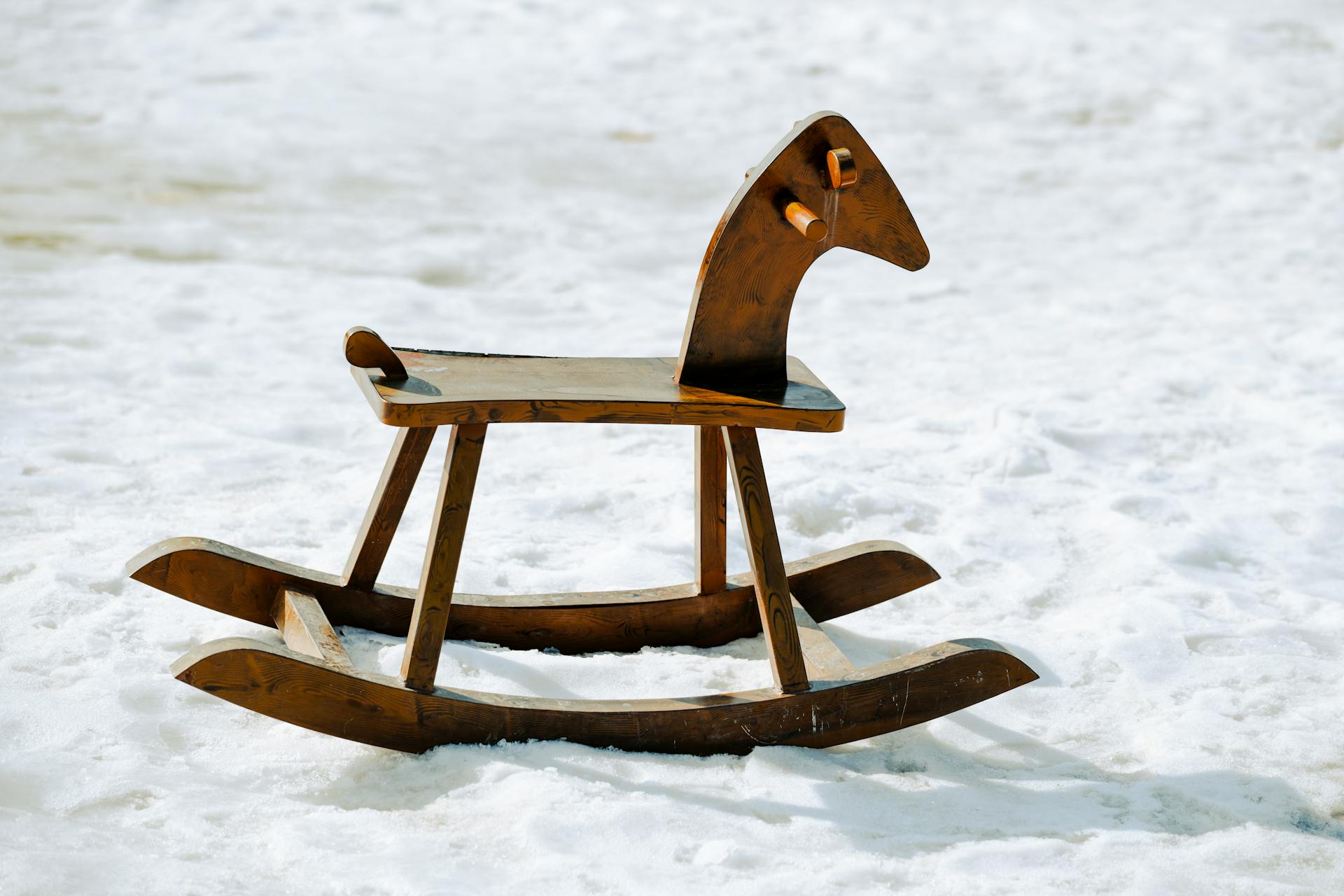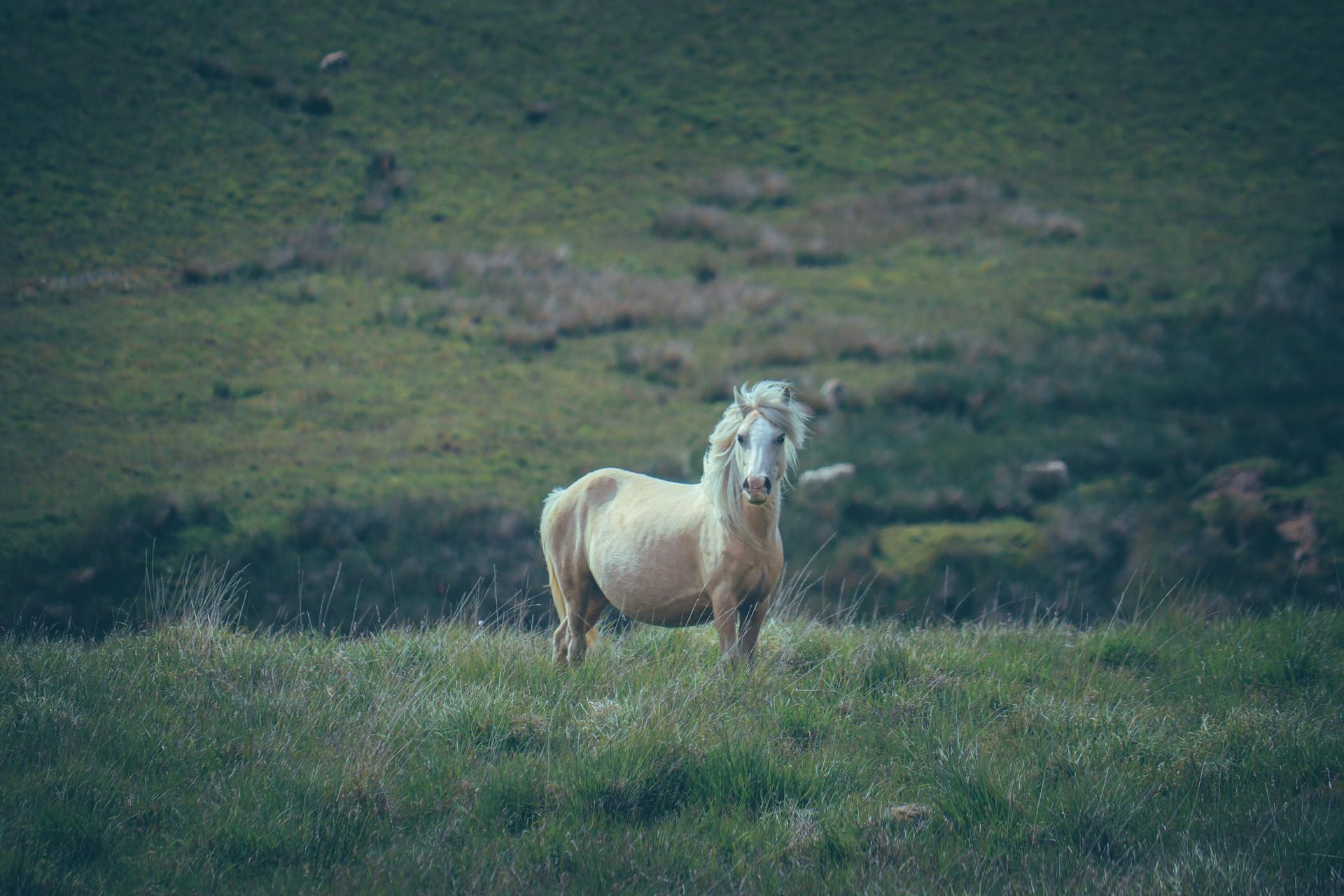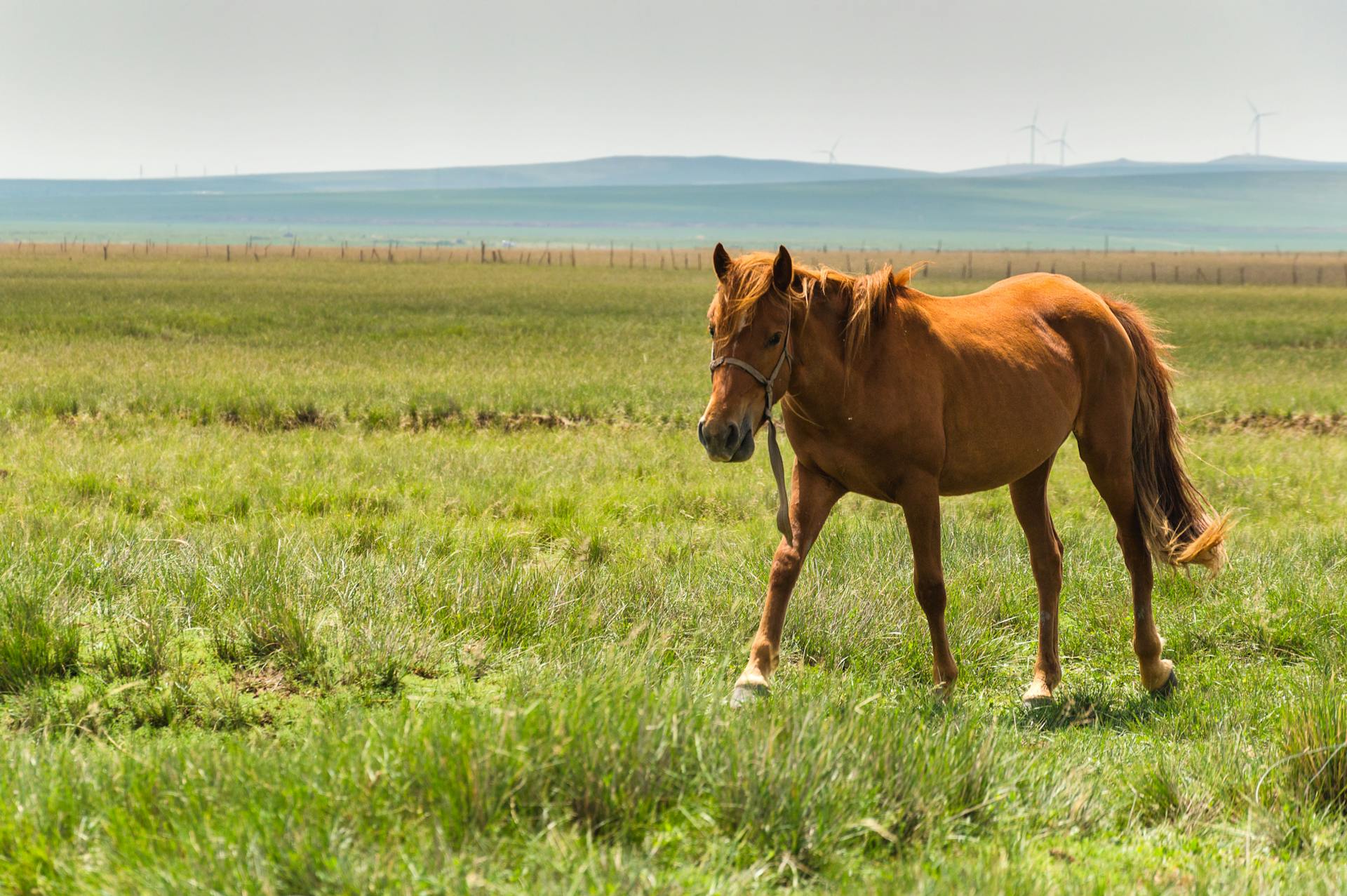
Dressage is a French term meaning “training” or “discipline.” It is often referred to as “horse ballet” due to the intricate movements and seemingly effortless grace of the horse and rider partnership. While it may look easy, achieving the level of harmony and communication required takes years of training and practice.
There are three main elements to training a dressage horse: Groundwork, which involves teaching the horse basic obedience and manners; Riding, in which the rider helps the horse to develop balance, rhythm and suppleness; and, finally, Dressage, which is the combination of the first two elements and includes specific movements and exercises executed in an elegant and precise manner.
The training process begins with groundwork. This involves teaching the horse basic obedience and manners, such as how to stand still, accept being groomed, pick up its feet and so on. Once the horse is comfortable with these basics, the rider can start to work on specific dressage movements.
Riding is the next element in training a dressage horse. The rider helps the horse to develop balance, rhythm and suppleness through a series of specific exercises. These usually start with simple walk-trot transitions and progresses to more difficult movements, such as canter pirouettes and flying changes.
Dressage is the final element of training a dressage horse and is the combination of groundwork and riding. It involves executing specific movements and exercises in an elegant and precise manner. The movements and exercises become progressively more difficult as the horse and rider learn to communicate and work together more effectively.
The training process is long and requires a great deal of patience and dedication from both the horse and rider. However, the result is a horse that is skilled in the art of dressage and able to execute the most complex movements with grace and ease.
Check this out: Dressage Horses Wear Ear Covers
What kind of saddle is used for dressage?
Dressage is a French word meaning “training” or “disciplining.” It is pronounced as “drees-ahzh.” Dressage is often referred to as “Horse Ballet” or “the Highest Form of Riding.” The goal of dressage is to develop, through standardized progressive training methods, a horse’s natural athletic ability and willingness to work cooperatively with a rider, resulting in a horse that is supple, loose and flexible, yet strong, balanced and coordinated.
Dressage saddles are designed to allow the rider to have a correct and balanced position. The rider’s weight should be evenly distributed on both seat bones. The rider should have a straight back with the shoulders in line with the hips, and the hips should be in line with the horse’s movement. The leg should hang down straight from the hip with a slight bend at the knee, and the foot should be in the stirrup so that the heel is below the horse’s point of the shoulder and the toe is pointing straight ahead.
Dressage saddles have a long, flat seat and an elongated pommel. The stirrup leathers are attached to the saddle by means of rings or loops that allow for a more forward position of the rider’s leg. The flaps on a dressage saddle are relatively straight, and the knee block is positioned to support the rider’s thigh without impeding the horse’s movement. The girth is attached at a point that allows the horse maximum freedom of movement of the front leg.
There are two types of dressage saddles: English and Western. English dressage saddles are based on the design of the traditional hunting saddle, and Western dressage saddles are based on the design of the traditional Western stock saddle. Both types of saddles are used in dressage, and the type of saddle that is used is often a matter of personal preference.
How do riders signal the horse during a dressage test?
Dressage is a French word meaning "training" or "discipline." It is pronounced "dress-ahzh." Dressage is the highest expression of horse training and is often described as "horse ballet."
Dressage tests are ridden by both amateur and professional riders in competitions sanctioned by national and international dressage federations. The tests are designed to showcase the training and abilities of the horse and rider.
Riders signal the horse during a dressage test in a variety of ways, depending on the movement being executed. The most common signals are the rider's legs, which are used to cue the horse to move forward, change directions, or halt.
The rider's seat, weight, and position in the saddle also communicate subtle cues to the horse. For example, a rider who shifts his or her weight forward may be signaliing the horse to move into a trot.
Additionally, dressage riders often use their voice to cue the horse. Common commands used include "walk on," "trot," and "canter."
Finally, riders may also use whip taps or other aids during dressage tests, though these are generally reserved for more experienced horses and riders.
Suggestion: Dressage Horse
Frequently Asked Questions
What do horses learn through dressage training?
Horses learn how to ride correctly in a controlled environment, often performing exercises such as cantering, reining, and Pirouette. Riders need to be aware of their horse's body language and adjust their riding accordingly. Dressage training may also help horses develop more control over their head and neck, increasing their obedience skills.
What is the best age to train for dressage?
There is no one definitive answer to this question. Some horses may start training earlier than others, but all horses will eventually be ready for a thorough training regimen.
How do you train a horse to ride?
The most important thing to remember when training a horse to ride is consistency. Start with basic obedience commands such as ‘walk, trot, canter’ and work your way up to more challenging tasks. Initially, you may want to focus on teaching the horse basic transitions between gaits, such as cantering into a walk or vice versa. As the horse becomes more experienced and confident, you can begin working on tasks that require more lateral movement, like jumping over obstacles. Be sure to rewards your horse when it performs successfully, whether its receiving simple bites of sugar cubes or taking a little time out for a well-deserved paddock ride.
What are the basic principles of dressage?
Supplemental exercise- Horses need to be exercised on a daily basis to stay healthy and fit; this is done by giving them a light jog or canter in addition to their basic schooling. Contact- The horse should feel the rider's seat and hand throughout the ride, ensuring correct symmetry and balance. Impulsion- The horse must be driven forward through the use of knees and back, not via verbal commands. Straightness- Riding correctly is about maintaining an upright position and keeping the horse's body parallel to the ground. Collection- This means that the horse should bring its head up as it nears the boundaries of the arena so that it may be collected smoothly.
How to train your horse to do dressage?
The best place to start is by getting a dressage trainer who can help you on the ground teach your horse the right aids and help you communicate and build your relationship together.
Sources
- https://www.usef.org/media/equestrian-weekly/what-is-dressage-test-ride-why-does-it-matter
- https://zikspax.com/articles/how-do-they-train-horses-for-dressage
- https://www.ridinghall.com/what-kind-of-saddle-is-used-for-dressage/
- https://horseandrider.com/western-horse-training-tips/western-dressage-ride-test-23872/
- https://www.youtube.com/watch
- https://horseracingsense.com/how-are-horses-trained-for-dressage-guide/
- https://insiderhorse.com/dressage-saddle/
- https://saddleslab.com/what-size-dressage-saddle-do-i-need/
- https://selectshowhorses.com/how-do-they-train-dressage-horses/
- https://www.straightnesstraining.com/the-horse/language/signals/
- https://www.ridinghall.com/what-are-the-benefits-of-a-dressage-saddle/
- https://practicalhorsemanmag.com/training/tips-calling-dressage-test-25755/
- https://www.quora.com/What-is-the-best-type-of-saddle-to-use-for-dressage
- https://www.youtube.com/watch
Featured Images: pexels.com


